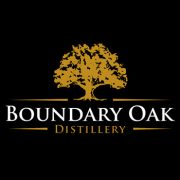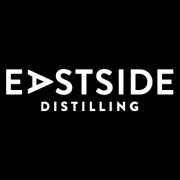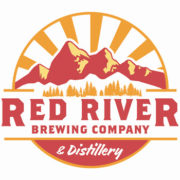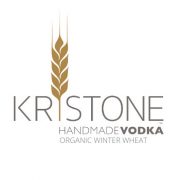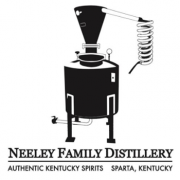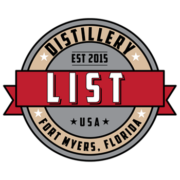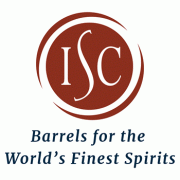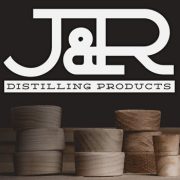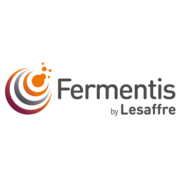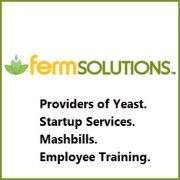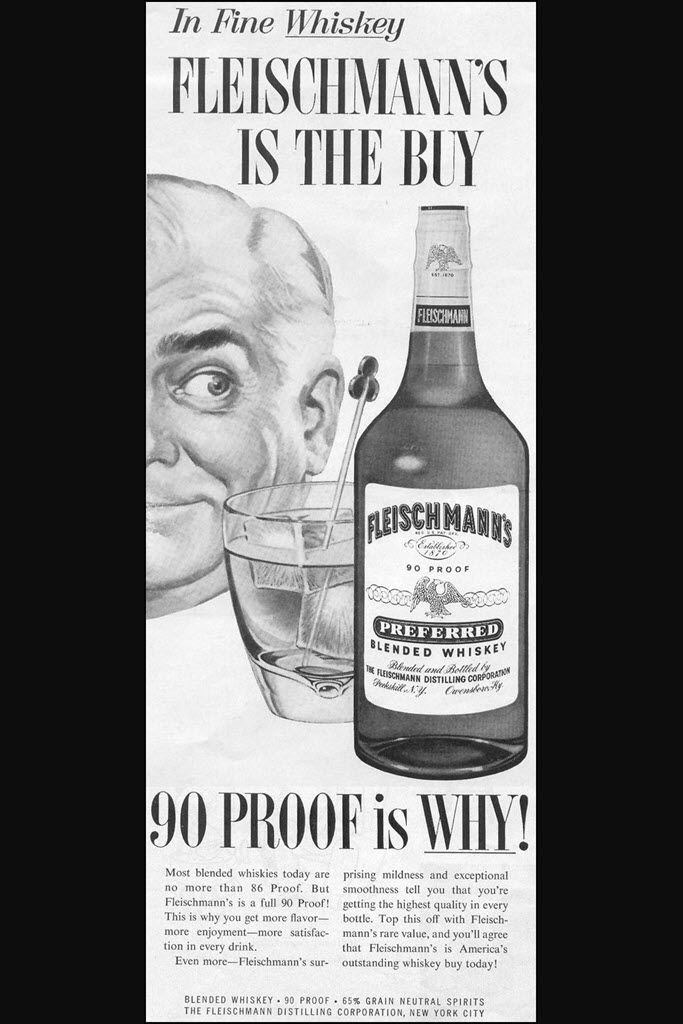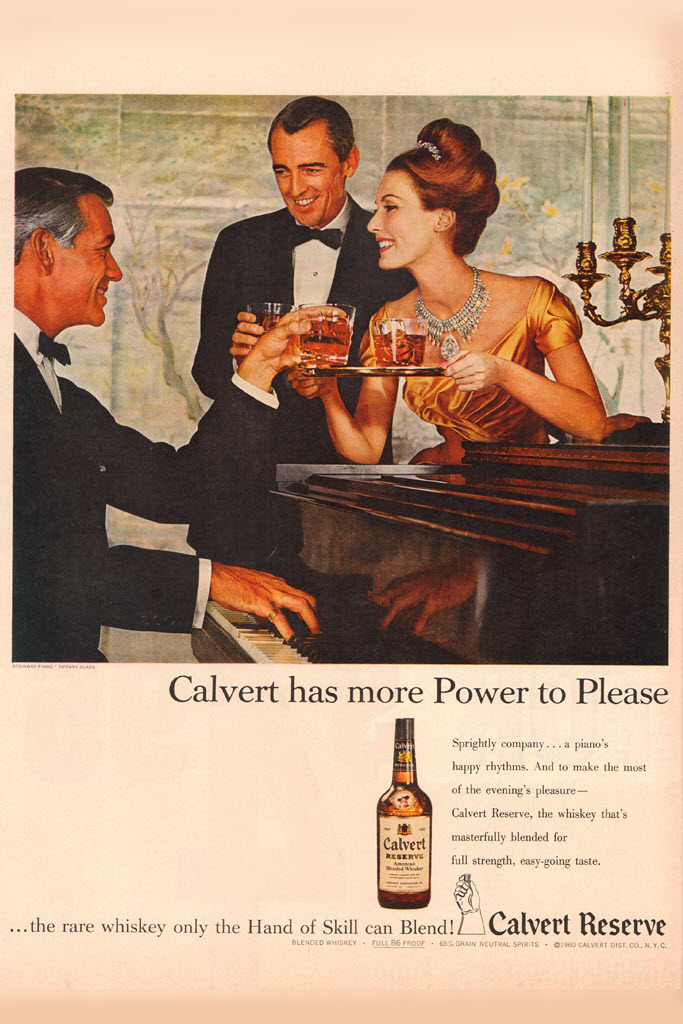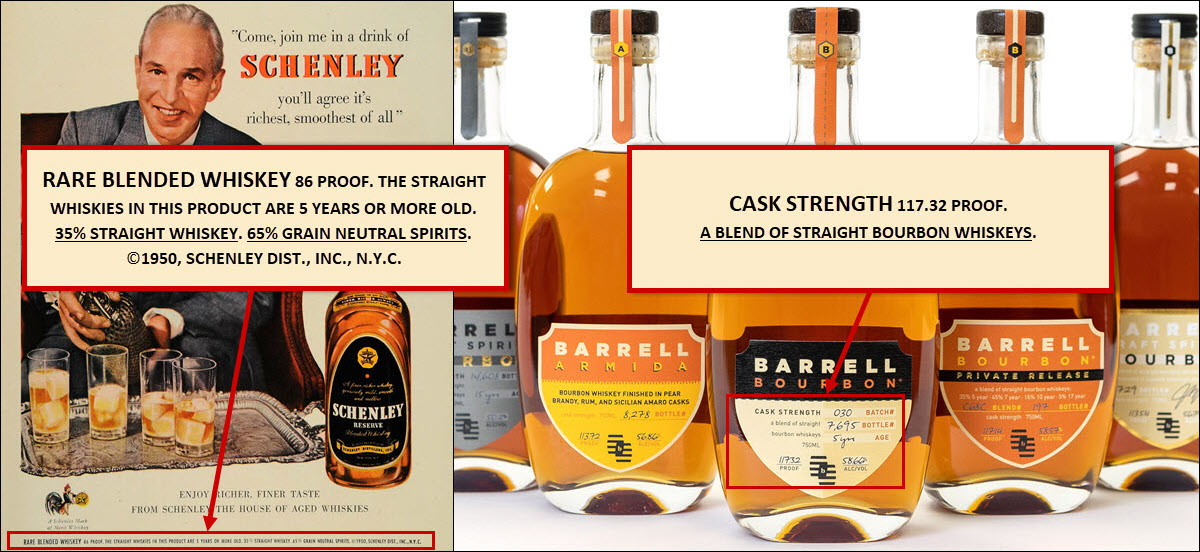
When it comes to distilled spirits, the word blending or rectifying has gotten a bad rap in the U.S. Back in the 1800s before there was a legal definition for whiskey the liquid that was served to thirsty patrons contained very little whiskey and a lot of other things to make it look, smell, and taste like whiskey. It wasn’t unheard for the whiskey inside the barrel to modified with sugar, prune juice, tobacco spit, rattlesnake heads, turpentine, excessive water, or other unsavory fillers or flavorings.
Distilled spirits author Susan Reigler shared some history on blending and rectifying at the recent grand opening of the new Barrell Craft Spirits in Louisville, Kentucky. Reigler explained that “In Scotland, there are Master Blenders of whiskey just as there are Master Distillers. That is a very, very highly regarded profession. Why not in this country? Well, that dates back to the 19th century, when there were whiskey dealers called rectifiers, who would source whiskey but often they would adulterate it. They would put grain neutral spirits in it, they would put tea or prune juice in it to darken, or my personal favorite spittoon contents in it. That was always pretty good.
Subscribe to DistilleryTrail’s YouTube channel.
What is a rectifier?
Rectify 1: To set right. 2: to purify especially by repeated or fractional distillation. 3: to correct by removing errors. Merriam-Webster
Rectify – /ˈrek.tə.faɪ/ to correct something or make something right. Cambridge Dictionary
“Those were known as blended whiskies. Col. E.H. Taylor, Jr. went to the Secretary of the Treasury of the United States Jon Carlisle, who was from Kentucky. This was in the early 1890s and said we need a law to protect bourbon because people are putting labels on bottles selling it as bourbon and we need something to change that.
“Congress had hearings in 1896 and they discovered of the 105 million gallons of liquid that was being sold as old bourbon in the United States that only 2 million gallons were actually bourbon. That’s less than 2%. So, they said, ‘Oh yeah, we do need to do something about that’. And that is how the Bottled-in-Bond Act came about in 1897.”
“This is why blending got a really bad wrap for a very long time in the United States.”
Stay Informed: Sign up here for the Distillery Trail free email newsletter and be the first to get all the latest news, trends, job listings and events in your inbox.
Modern Blending – This is ‘Not Your Father’s Oldsmobile.’
Over the years, things like the Bottled-in-Bond Act of 1897, the Taft Decision of 1909, and many laws that were written after the passage of the 21st Amendment that put an end to Prohibition have defined distilled spirits including blended whiskey. According to the modern legal definition, a blended whiskey may contain not less than 20% whiskey and up to 80% grain neutral spirits plus added colorings or flavorings (the TTB definition is included below).
Many of the classic 1950s and 60s era blends still sells today. Who hasn’t ordered at least one 7&7 in their life right? Seagram’s 7, a no-frills blended whiskey, now owned by Diageo, is made of 75% grain neutral spirits (think Everclear) and 25% whiskey. Seagram’s 7 is still a top seller in the U.S. even today. According to Vinepair, “In 2021, it was the 12th best-selling whiskey brand in the country — ranking above popular labels like Knob Creek, Four Roses, and Skrewball. It’s also the sixth most popular American whiskey in the world, racking up 1.9 million cases in global sales in 2021.”
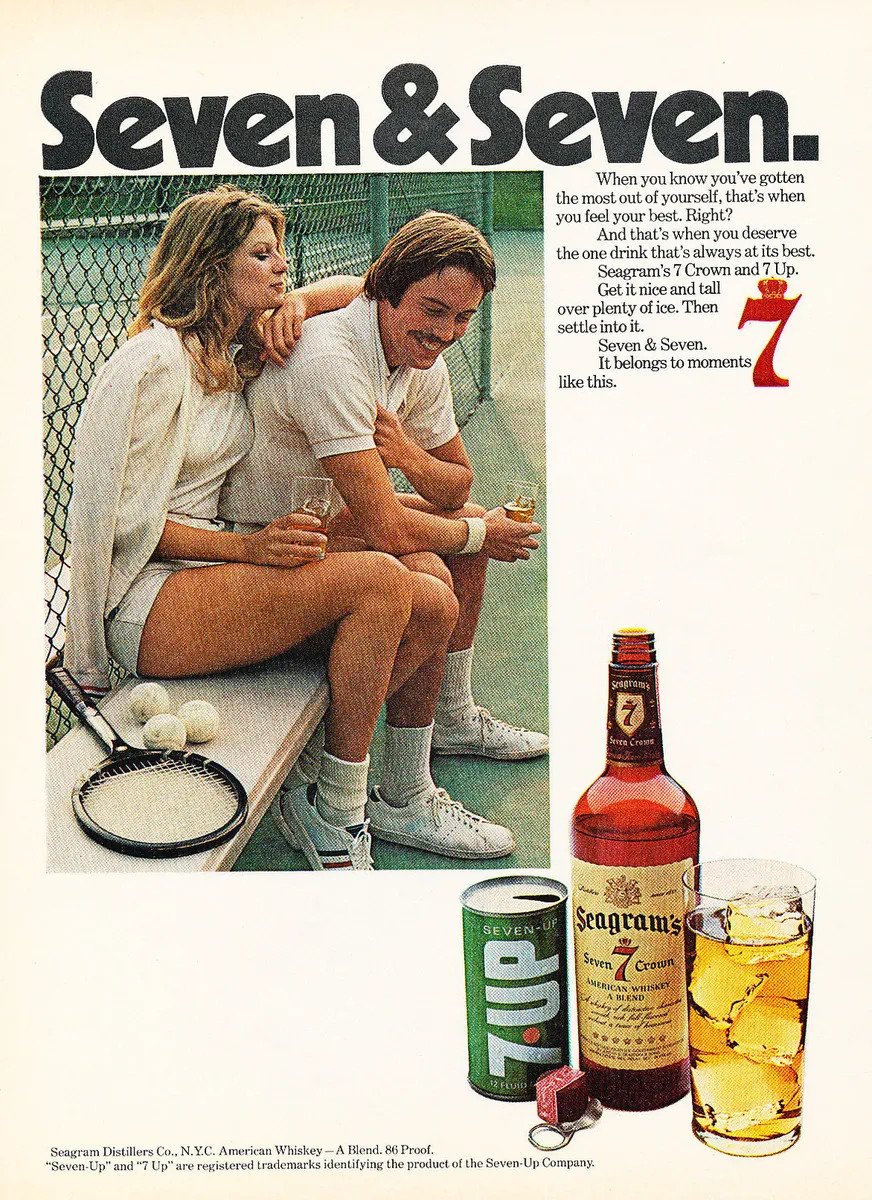
We’ve gathered a few vintage 1960s print ads below that some of you may remember. If you read the fine print you’ll see that many of these blended whiskies are 20-25% whiskey and 75-80% grain neutral spirits. And of course, there’s an ad above offering up a 7&7 including a pop top can of 7-Up.
Q: What’s in Your Blended Whiskey?
A: Whiskey. (Hard Stop)
During the grand opening of the new $15 million, 31,000 square foot Barrell Craft Spirits blending facility we had the pleasure of talking to Founder Joe Beatrice. Joe founded the company back in 2013 and has changed the perception of ‘blending’ in the U.S. In fact, you could say he helped to start a resurgence in the category to help bring it up to the level of respect that Reigler mentioned in her remarks.
Subscribe to DistilleryTrail’s YouTube channel.
Q: How Do You Define Blending?
A: “I decided that there are people who are experts at running a factory, making the distillation, doing the distillation process and distilling. And that was not something that I was particularly interested in,” explained Beatrice. “I was more interested in working with the components and the flavors and taking the whiskies and combing them into something greater than the parts… We built an entire company around blending and creating different, new products and expressions.
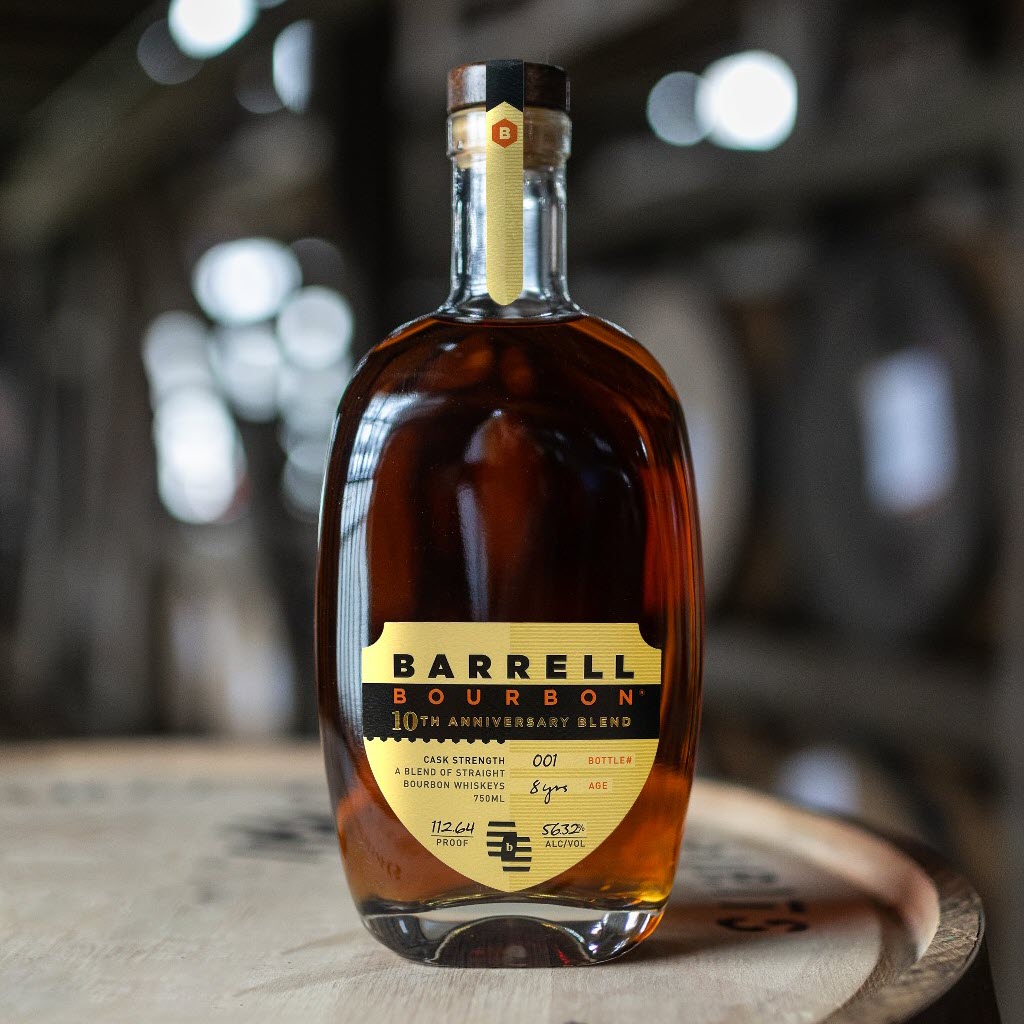
“Blending is an interesting concept. Blended whiskey was a dirty word in the United States. Because it was mainly a small amount of whiskey combined with grain neutral spirits. A lot of the products that people knew about were the ones from the 60s, the ones your grandparents would drink mixed with 7-up and that was a blended whiskey.
“I remember one of the first interviews I ever did. I was asked, ‘What is in the blended whiskey?’ and I said whiskey. We blend whiskies. We don’t blend whiskies with anything else. That is the genesis of the whole thing.” Full stop.
Now, when someone asks, “What’s in Barrell Craft Spirits blended whiskey”, you’ll know the answer, whiskey. Or rum, because they blend that too.
Vintage Blended Whiskey Advertisements
Click any advertisement to enlarge. Enjoy!
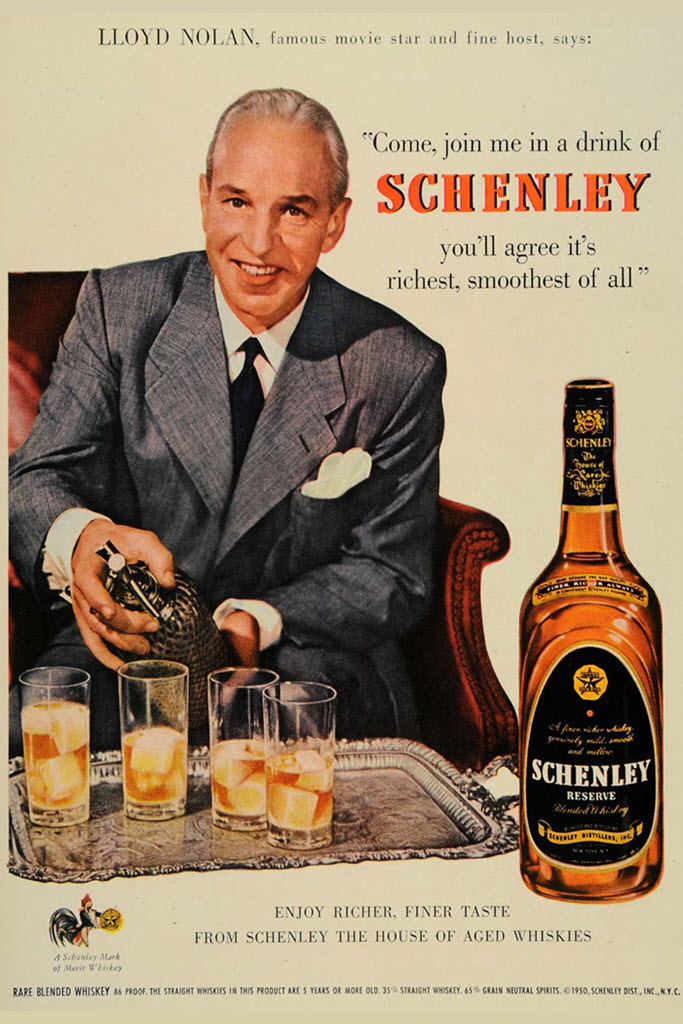
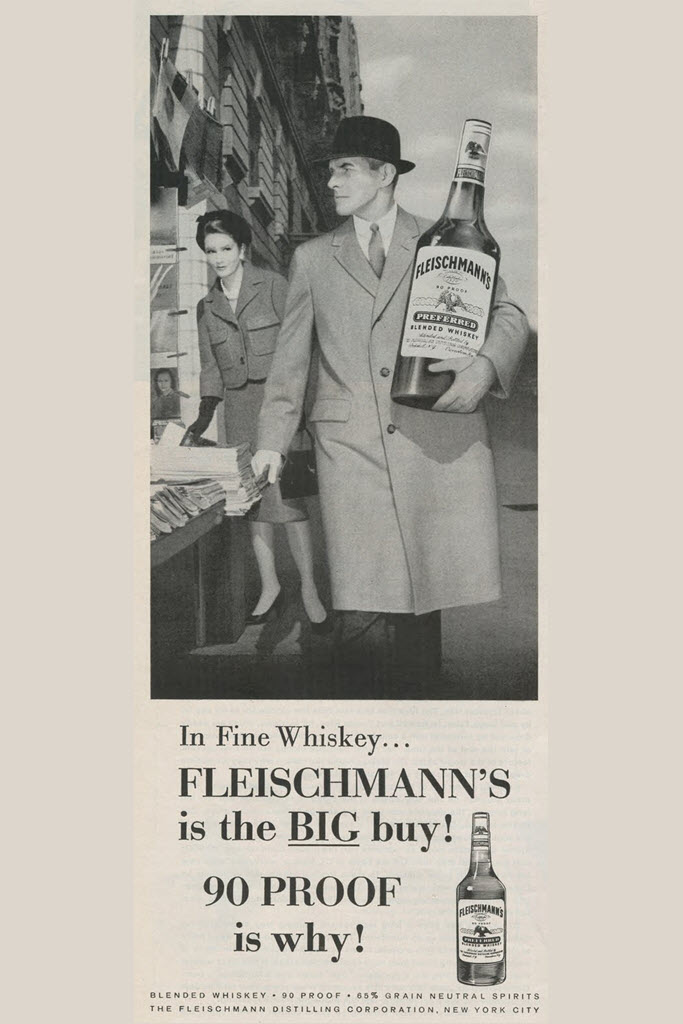
THE FLEISCHMANN DISTILLING COMPANY, NEW YORK CITY.
Related Stories
– What is Bottled in Bond?
– Bourbon: More American Than Apple Pie, Tobacco Spit & Rattlesnake Heads [Infographic]
– Whiskey 101: How to Read a Whiskey Label. By, For, In – Oh My!
– How Whiskey Labels Earn Their Eagle Scout Badges [Infographic]
– What is Whisky? The Taft Decision of 1909
CHAPTER 4 – CLASS AND TYPE DESIGNATION
See the entire document here.
| Class | General Class Defintion | Type | General Type Definition |
|---|---|---|---|
| WHISKY² | Spirits distilled from a fermented mash of grain at less than 95% alcohol by volume (190 proof) having the taste, aroma and characteristics generally attributed to whisky and bottled at not less than 40% alcohol by volume (80 proof) | BLENDED LIGHT WHISKY OR LIGHT WHISKY – A BLEND¹ | Light whisky blended with less than 20% straight whisky on a proof gallon basis |
| BLENDED WHISKYOR WHISKY – A BLEND³ | Whisky produced by blending not less than 20% on a proof gallon basis (excluding alcohol derived from added harmless coloring, flavoring or blending materials*) straight whisky or a blend of straight whiskies and, separately or in combination, whisky of any type or neutral spirits |
||
| BLENDED BOURBON WHISKY OR BOURBON WHISKY – A BLEND¹ | Blended whisky produced in the U.S. containing not less than 51% on a proof gallon basis (excluding alcohol derived from added harmless coloring, flavoring or blending materials*) straight bourbon whisky |
||
| BLENDED RYE WHISKY OR RYE WHISKY – A BLEND³ | Blended whisky containing not less than 51% on a proof gallon basis (excluding alcohol derived from added harmless coloring, flavoring or blending materials*) straight rye whisky | ||
| BLENDED WHEAT WHISKY OR WHEAT WHISKY – A BLEND³ | Blended whisky containing not less than 51% on a proof gallon basis (excluding alcohol derived from added harmless coloring, flavoring or blending materials*) straight wheat whisky | ||
| BLENDED MALT WHISKY OR MALT WHISKY – A BLEND³ | Blended whisky containing not less than 51% on a proof gallon basis (excluding alcohol derived from added harmless coloring, flavoring or blending materials*) straight malt whisky | ||
| BLENDED RYE MALT WHISKY OR RYE MALT WHISKY – A BLEND³ | Blended whisky containing not less than 51% on a proof gallon basis (excluding alcohol derived from added harmless coloring, flavoring or blending materials*) straight rye malt whisky | ||
| BLENDED CORN WHISKY OR CORN WHISKY – A BLEND³ | Blended whisky containing not less than 51% on a proof gallon basis (excluding alcohol derived from added harmless coloring, flavoring or blending materials*) straight corn whisky |
||
| A BLEND OF STRAIGHT WHISKIES OR BLENDED STRAIGHT WHISKIES³ | - Mixture of straight whiskies produced in different states - Mixture of straight whiskies produced in the same state to which harmless coloring, flavoring or blending materials* have been added |
||
| A BLEND OF STRAIGHT BOURBON WHISKIES OR BLENDED STRAIGHT BOURBON WHISKIES¹ | A blend of straight whiskies produced in the U.S. consisting entirely of straight bourbon whiskies | ||
| A BLEND OF STRAIGHT RYE WHISKIES OR BLENDED STRAIGHT RYE WHISKIES³ | A blend of straight whiskies consisting entirely of straight rye whiskies | ||
| A BLEND OF STRAIGHT WHEAT WHISKIES OR BLENDED STRAIGHT WHEAT WHISKIES³ | A blend of straight whiskies consisting entirely of straight wheat whiskies | ||
| A BLEND OF STRAIGHT MALT WHISKIES OR BLENDED STRAIGHT MALT WHISKIES³ | A blend of straight whiskies consisting entirely of straight malt whiskies | ||
| A BLEND OF STRAIGHT RYE MALT WHISKIES OR BLENDED STRAIGHT RYE MALT WHISKIES³ | A blend of straight whiskies consisting entirely of straight rye malt whiskies | ||
| A BLEND OF STRAIGHT CORN WHISKIES OR BLENDED STRAIGHT CORN WHISKIES³ | A blend of straight whiskies consisting entirely of straight corn whiskies | ||
| SPIRIT WHISKY³ | Whisky produced by blending neutral spirits and not less than 5% on a proof gallon basis whisky, straight whisky or combination of whisky and straight whisky provided the straight whisky is used at less than 20% on a proof gallon basis |
Please help to support Distillery Trail. Sign up for our Newsletter, like us on Facebook and follow us on Instagram and Twitter.

